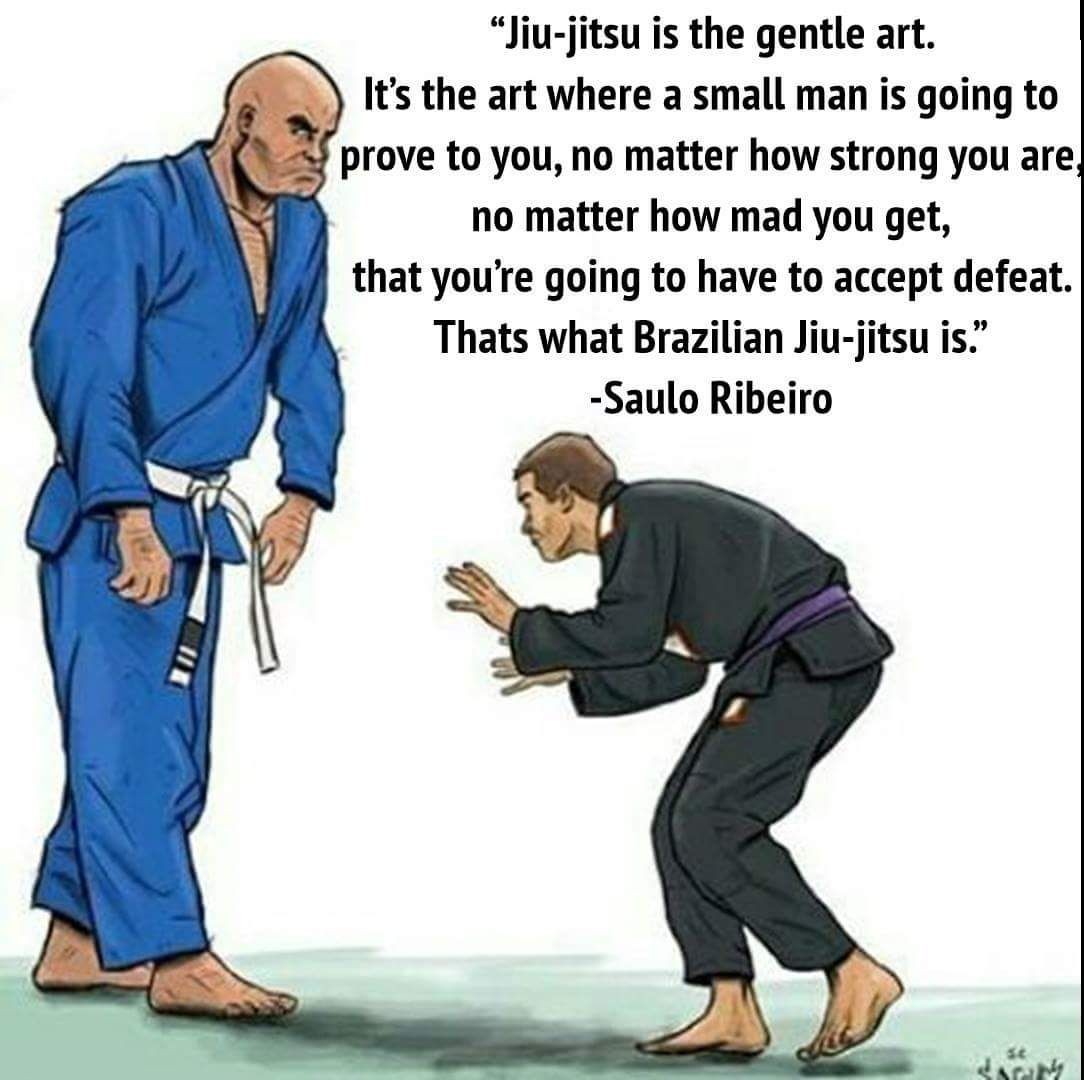The Gentle Art:
Japanese jiu-jitsu: Also called ‘jujutsu’ has roots that go back more than 2000 years to the times of the ancient samurai. However, no one knows who actually invented it. Therefore, the Japanese military invented the modern form of Japanese jiu-jitsu to allow soldiers to fight enemies even when they lacked a weapon. This was purposefully designed and structured for wars and battles. The original form of jujutsu included three phases of fighting: striking, grabbing, and ground fighting.
Jigoro Kano (嘉納 治五郎, 10 December 1860 – May 4 1938) was a Japanese educator, athlete, and the founder of Judo.
Mitsuyo Maeda (前田 光世, Maeda Mitsuyo, born November 18, 1878 – November 28, 1941), a Brazilian naturalized as Otávio Maeda was a Japanese judōka and prizefighter in no holds barred competitions, also being one of the first documented Mixed Martial Artist of the modern era for he frequently challenged practitioners of other martial arts and combat sports.
Brazilian Jiu-Jitsu: Gastão Gracie was a business partner of the American Circus in Belém. In 1916, Italian-Argentine circus Queirolo Brothers staged shows there and presented Maeda. In 1917, Carlos Gracie, the 14‑year-old son of Gastão Gracie, watched a demonstration by Maeda at the Da Paz Theatre and decided to learn judo. Maeda accepted Gracie and Luiz Franca as students, and the youth became a great exponent of the art and ultimately, with his younger brother Helio Gracie, founded Gracie Jiu-Jitsu, modern Brazilian Jiu-Jitsu. In 1921, Gastão Gracie and his family moved to Rio de Janeiro. Carlos, then 17 years old, passed Maeda's teachings on to his brothers Osvaldo, Gastão, and Jorge. Carlos and Hélio are considered the founders of Brazilian Jiu-Jitsu.

